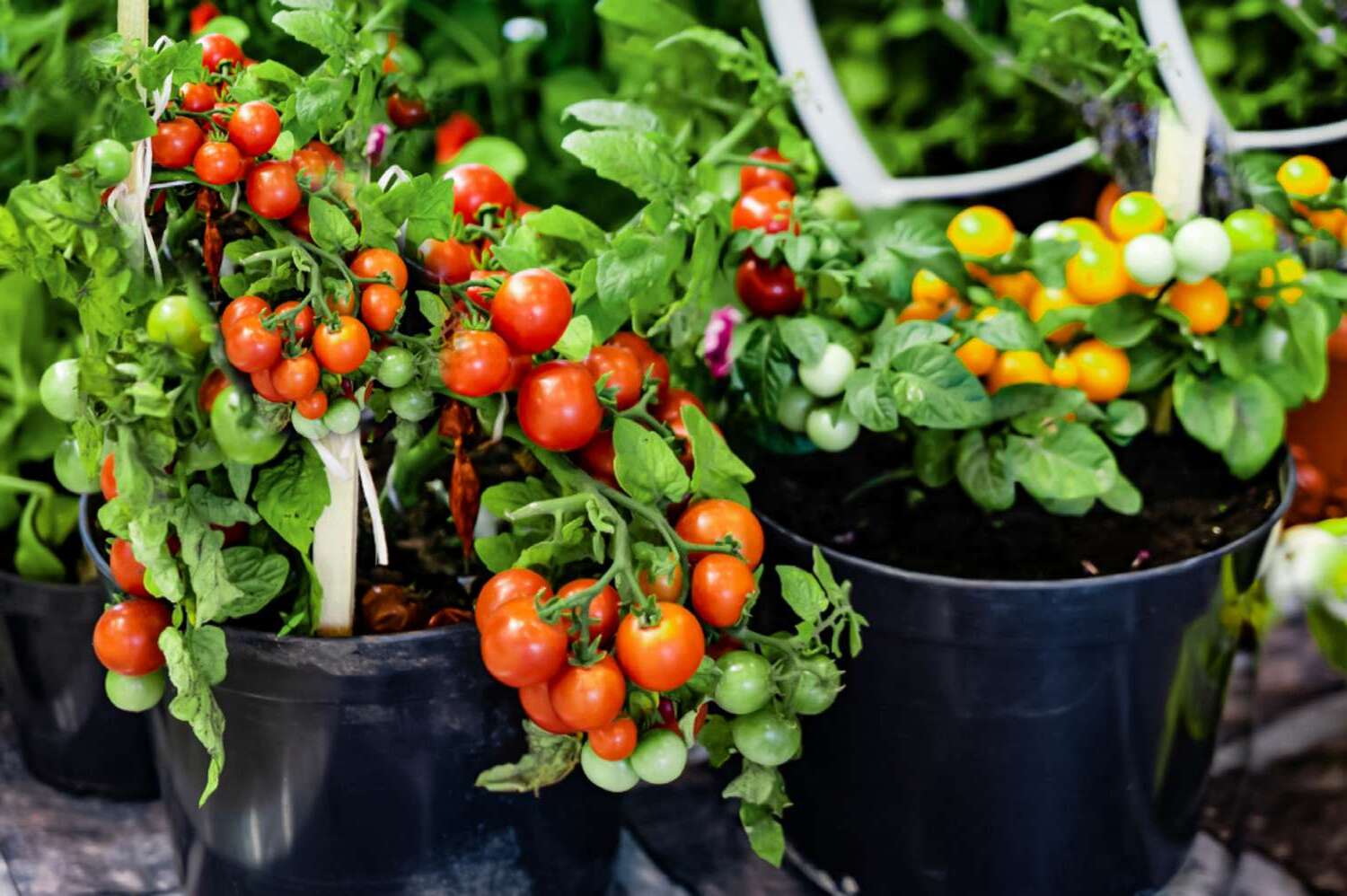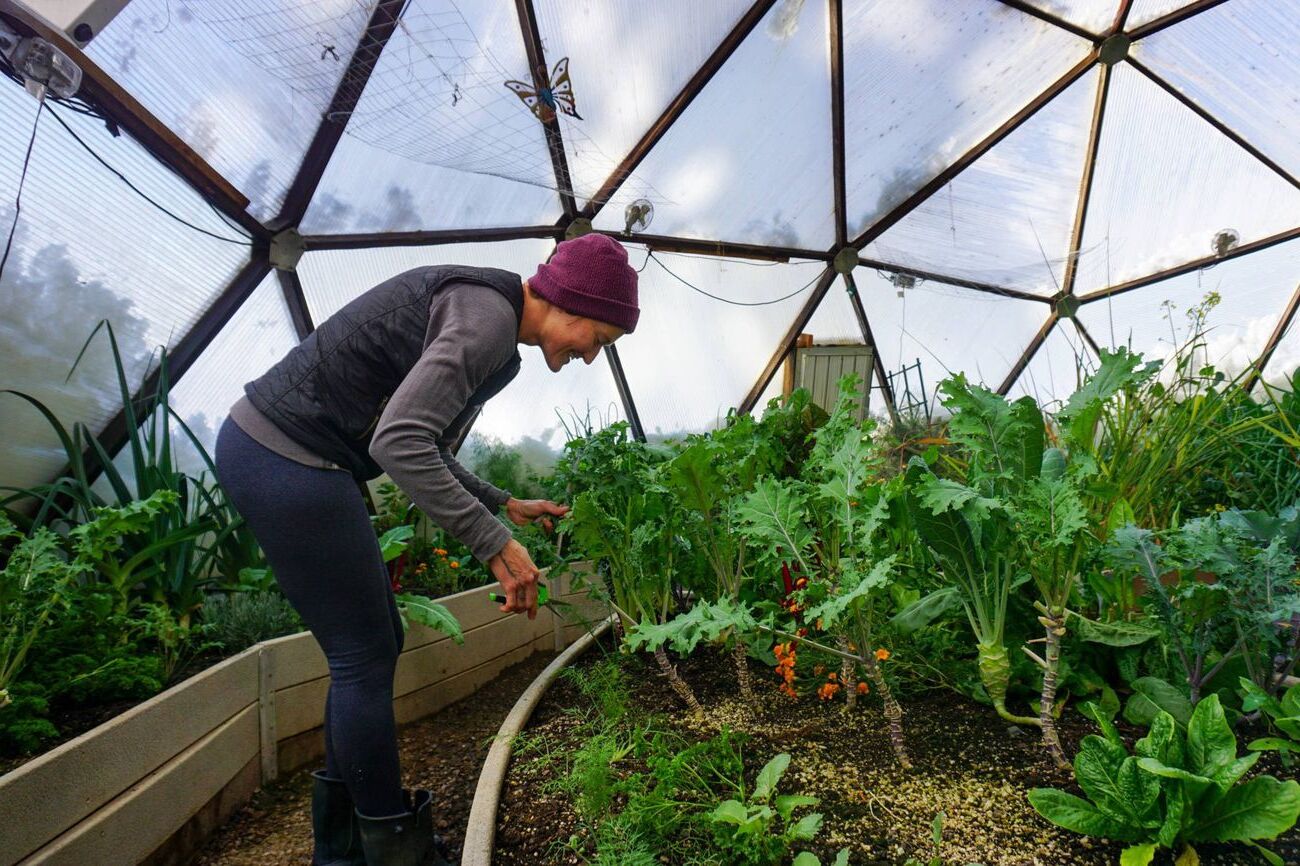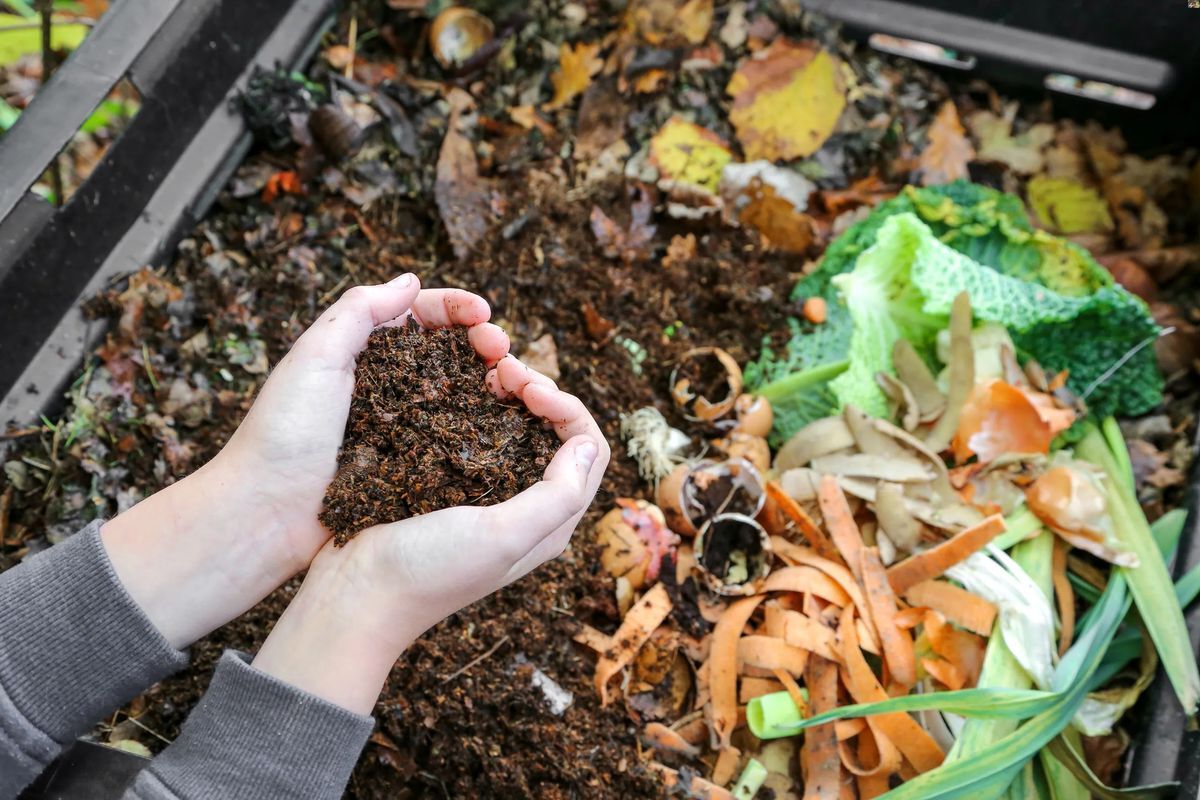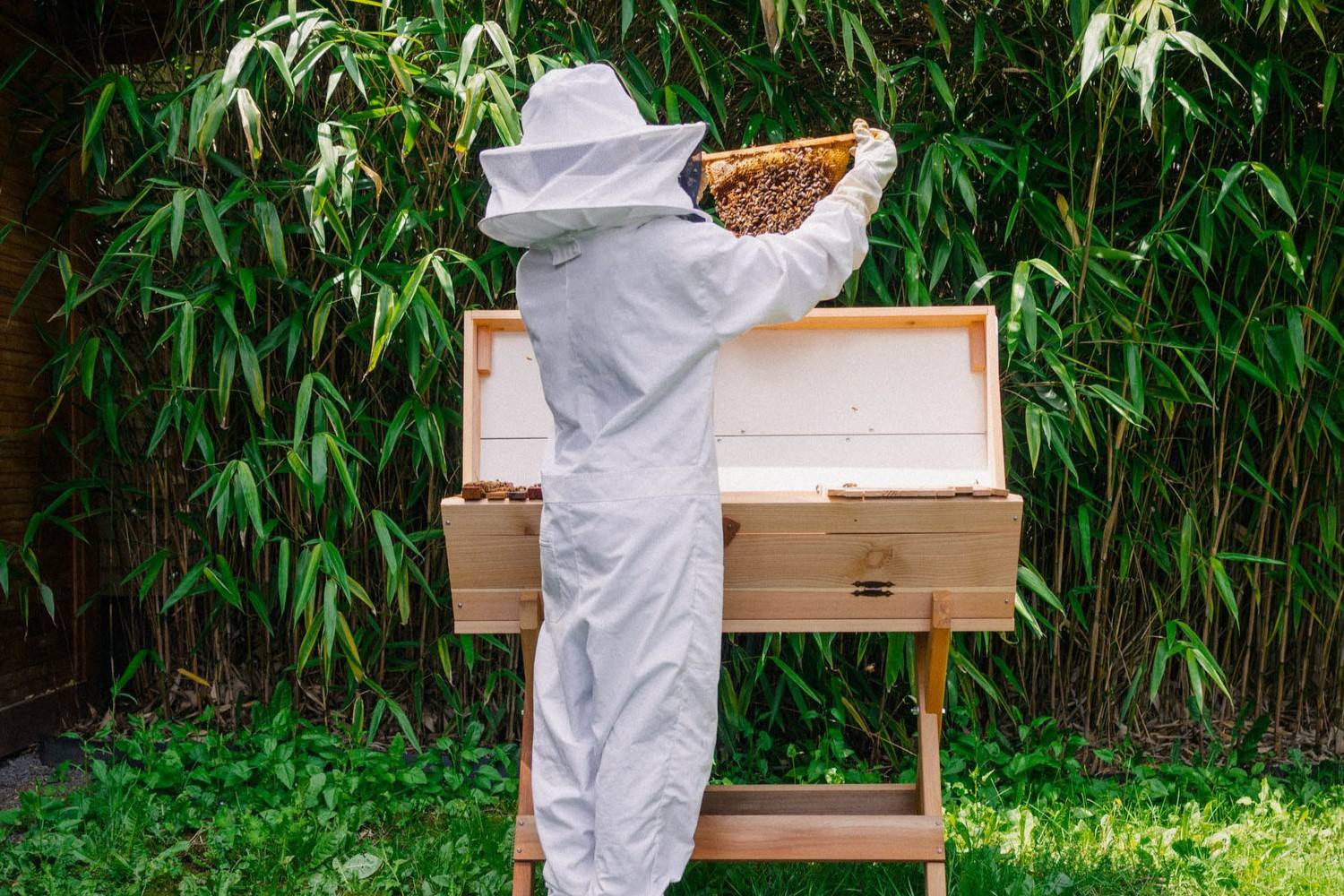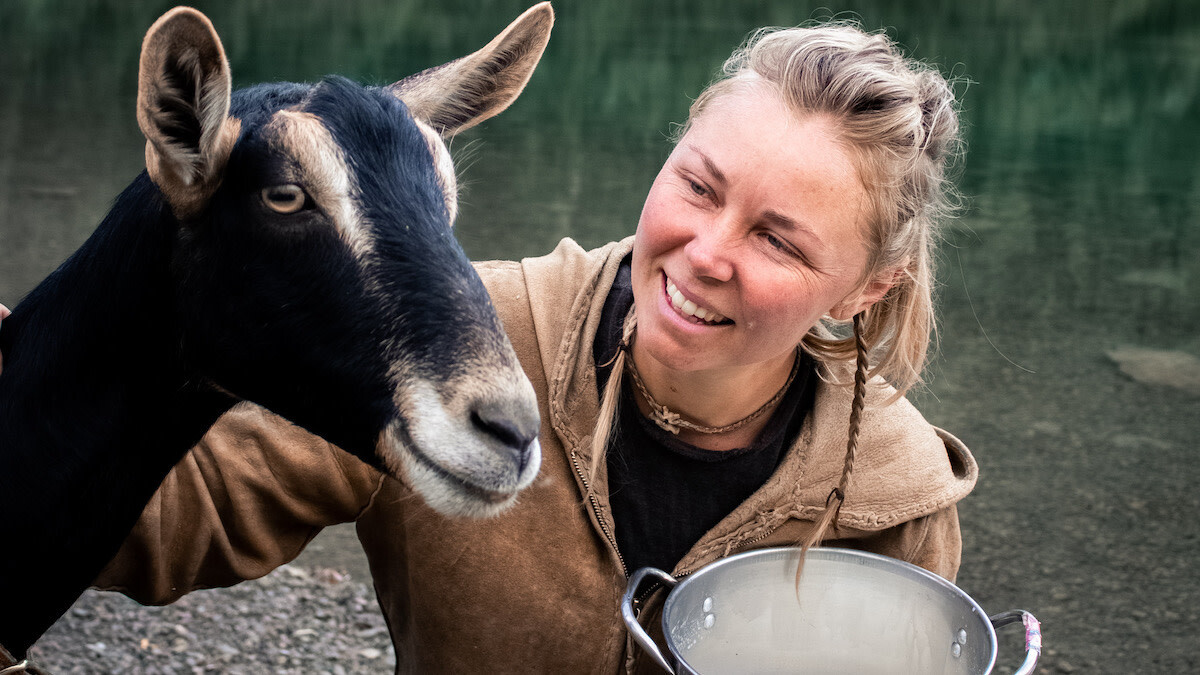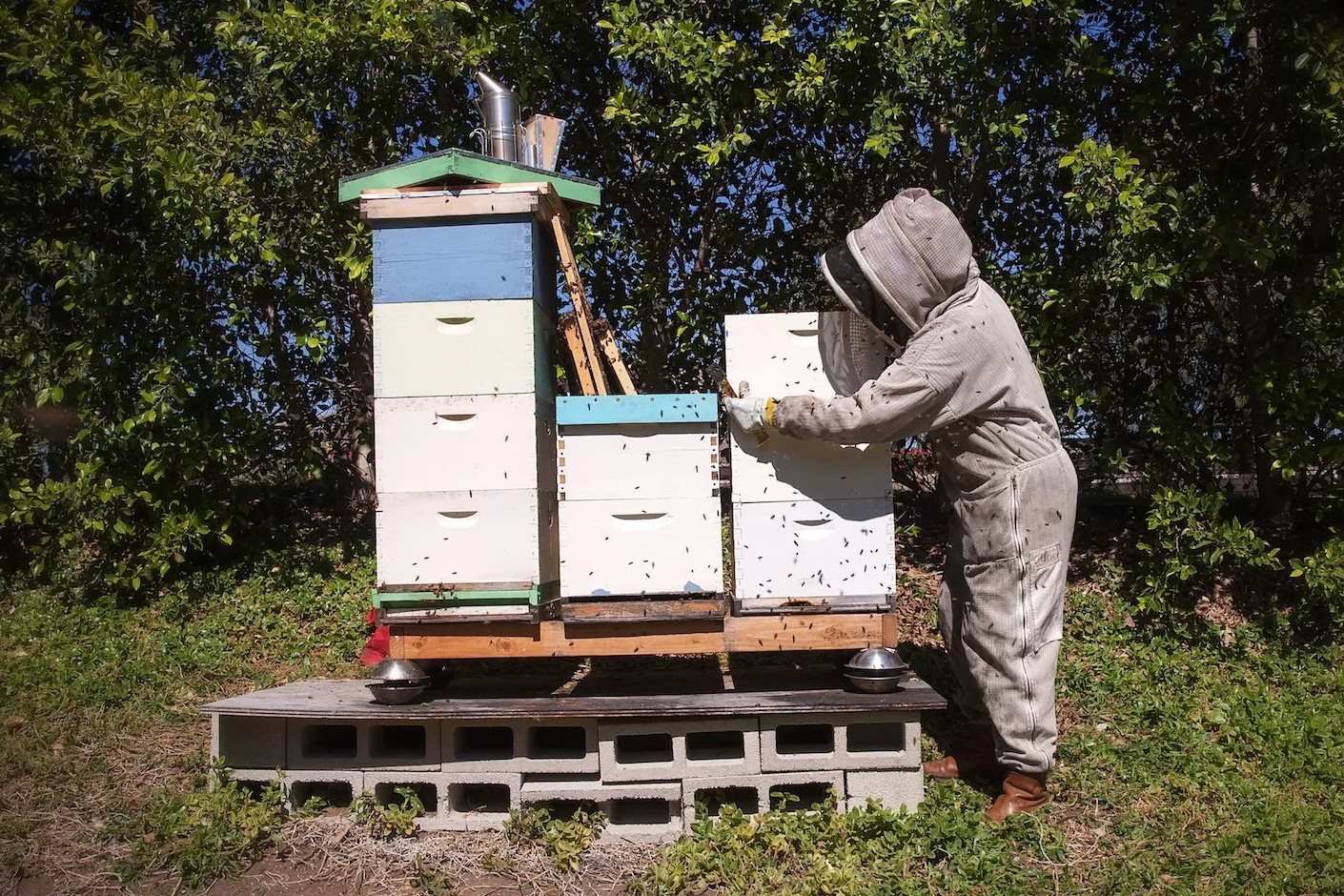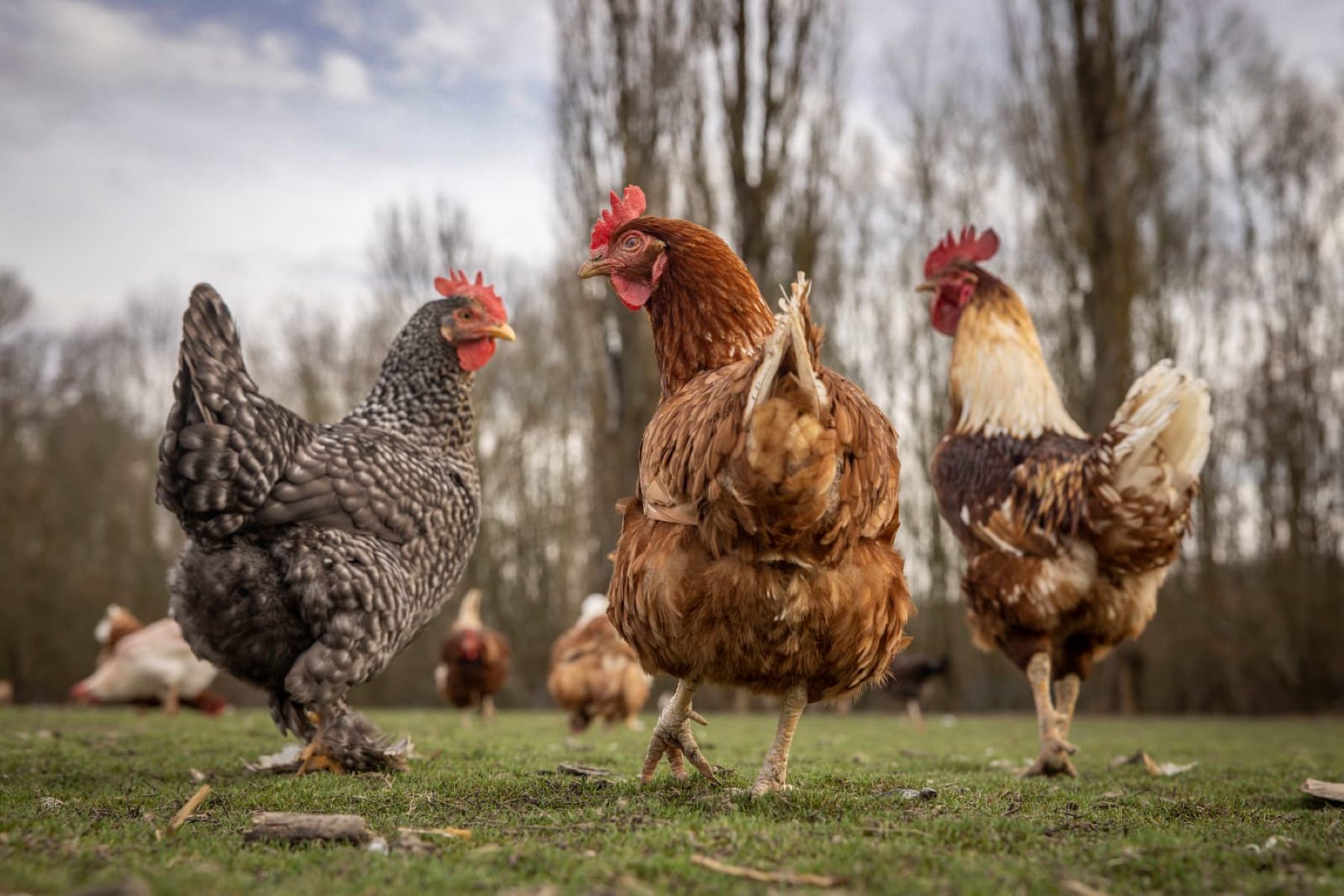Home> Sustainable Farming
Sustainable Farming: Ultimate Guide to a Greener Future
Explore the world of sustainable farming: why it’s important, how it works, and how to adapt to its practices for a healthier planet. Start your eco-journey today!
Building A Small Greenhouse For Fresh Veggies Year-Round
By: Grace Wilson • Ideas and Tips
